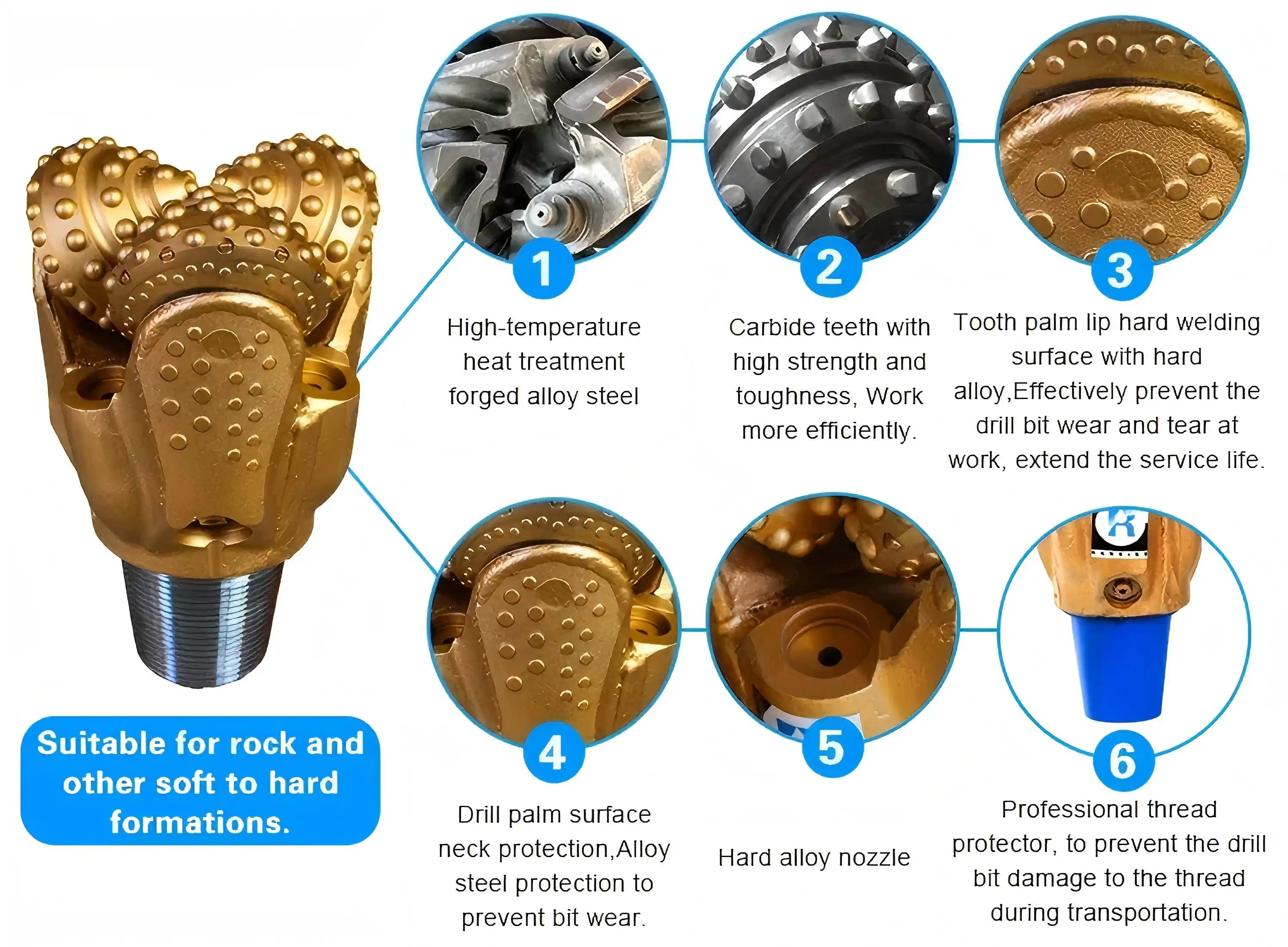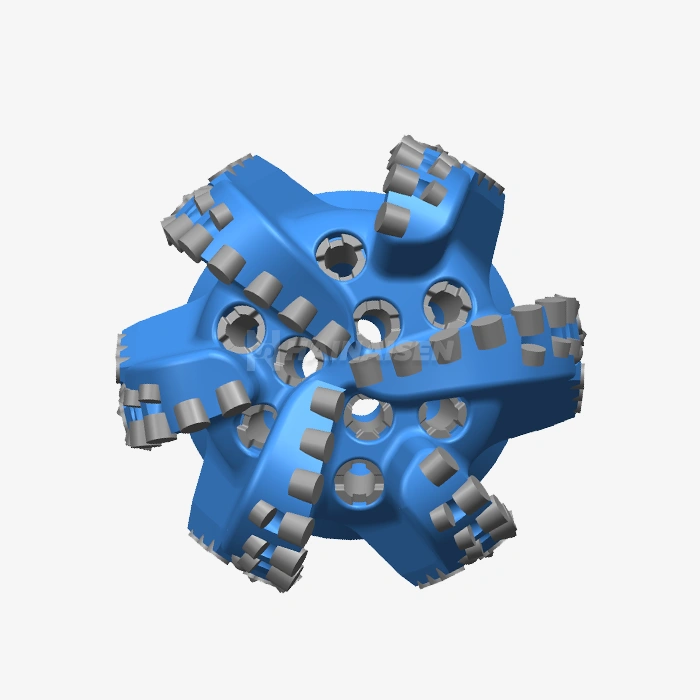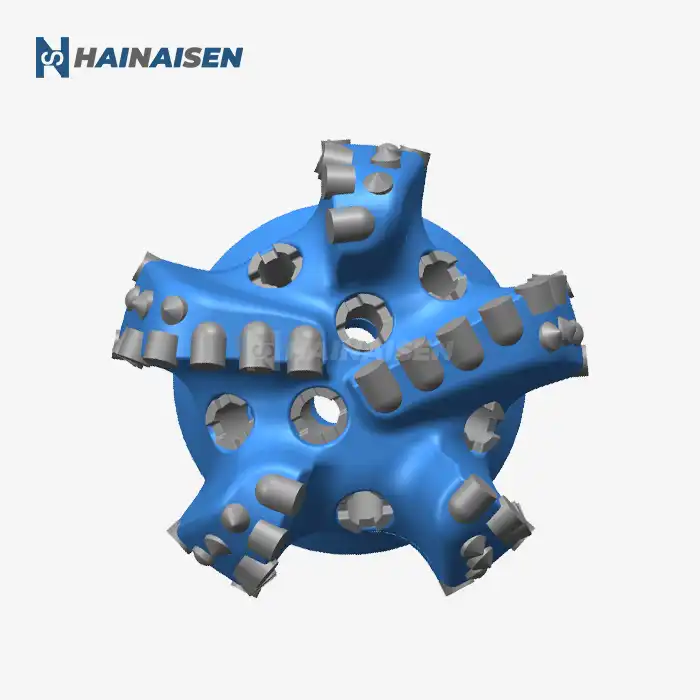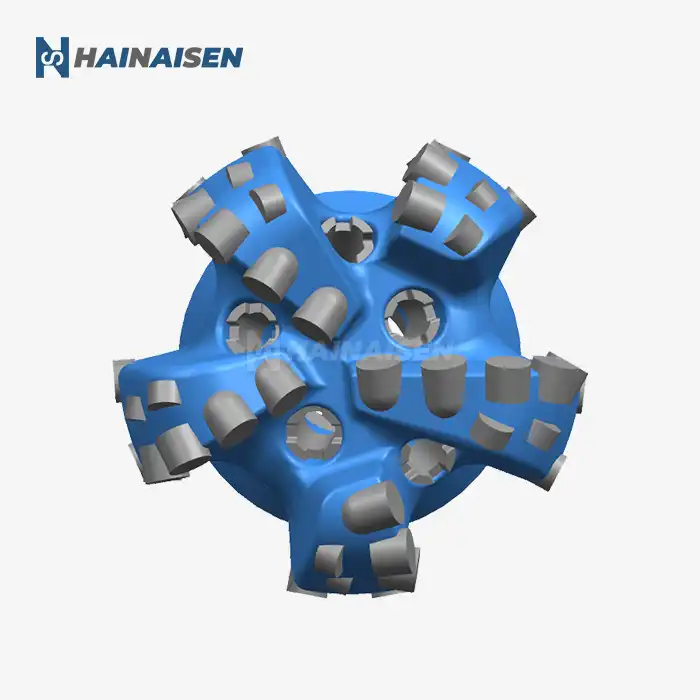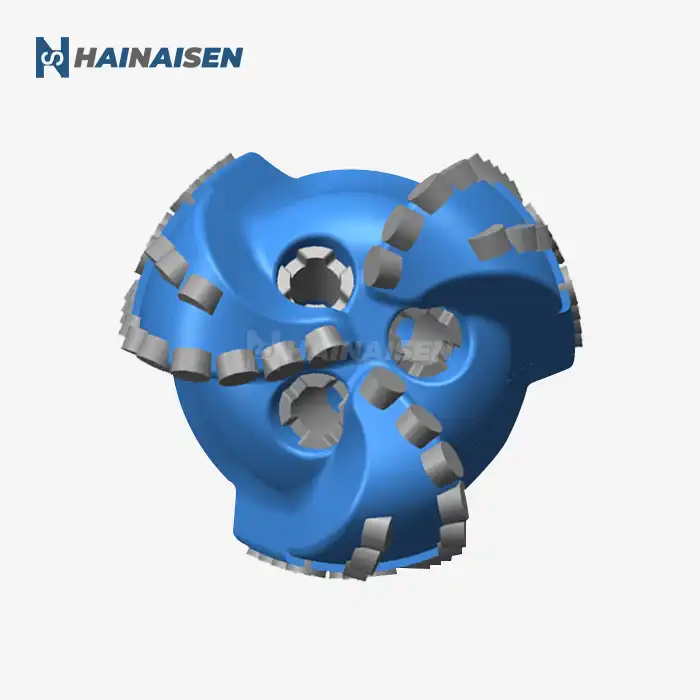Rock Roller Drill Bit Showdown: Durability, Cost & Performance Compared
Durability: The Long-Lasting Debate
When it comes to durability, both Rock Roller Drill Bit types—tungsten carbide and diamond-enhanced—have their merits. Tungsten carbide Rock Roller Drill Bits are renowned for their toughness and ability to withstand impact and abrasion. They can maintain their cutting edge for extended periods, making them suitable for drilling through various rock formations. On the other hand, diamond-enhanced Rock Roller Drill Bits boast unparalleled hardness, allowing them to resist wear and maintain their cutting efficiency even in the most demanding conditions.
Cost Considerations: Initial Investment vs. Long-Term Value
The cost factor plays a significant role in the decision-making process for drilling operations. Tungsten carbide bits generally have a lower initial cost, making them an attractive option for budget-conscious projects or operations in less abrasive formations. Diamond-enhanced bits, while more expensive upfront, often provide better long-term value due to their extended lifespan and superior performance in hard rock conditions. The choice between the two ultimately depends on the specific project requirements, budget constraints, and expected drilling conditions.
Performance Analysis: Drilling Efficiency and Rate of Penetration
When it comes to performance, both bit types have their strengths. Tungsten carbide bits excel in softer to medium-hard formations, offering good penetration rates and consistent performance. They are particularly effective in interbedded formations where varying rock hardness is encountered. Diamond-enhanced bits, however, shine in extremely hard and abrasive rock conditions. Their superior hardness allows for faster penetration rates and maintains a sharper cutting edge for longer periods, resulting in improved overall drilling efficiency.
Do Diamond-Enhanced Bits Last Longer Than Tungsten Carbide for Rock Drilling?
Longevity in Challenging Environments
The question of longevity is crucial when comparing diamond-enhanced and tungsten carbide rock roller drill bits. In general, diamond-enhanced bits tend to have a longer lifespan, especially in hard and abrasive rock formations. The extreme hardness of diamond cutters allows them to maintain their sharp edge and cutting efficiency for extended periods, even under severe drilling conditions. This translates to fewer bit changes and reduced downtime, which can be a significant advantage in large-scale drilling operations.
Factors Influencing Bit Life
However, it's important to note that bit life is not solely determined by the material composition. Other factors such as bit design, operating parameters, and the specific geological conditions encountered all play crucial roles in determining the overall lifespan of a drill bit. In some cases, well-designed tungsten carbide bits may outperform diamond-enhanced bits, particularly in formations where impact resistance is more critical than abrasion resistance.
Application-Specific Considerations
The choice between diamond-enhanced and tungsten carbide bits should be based on a thorough analysis of the drilling application. For deep drilling operations in hard rock formations, diamond-enhanced bits often prove to be the more cost-effective choice due to their extended life and consistent performance. However, for shallower drilling or in areas with varying rock hardness, tungsten carbide bits may offer a more balanced solution, providing adequate durability at a lower cost.
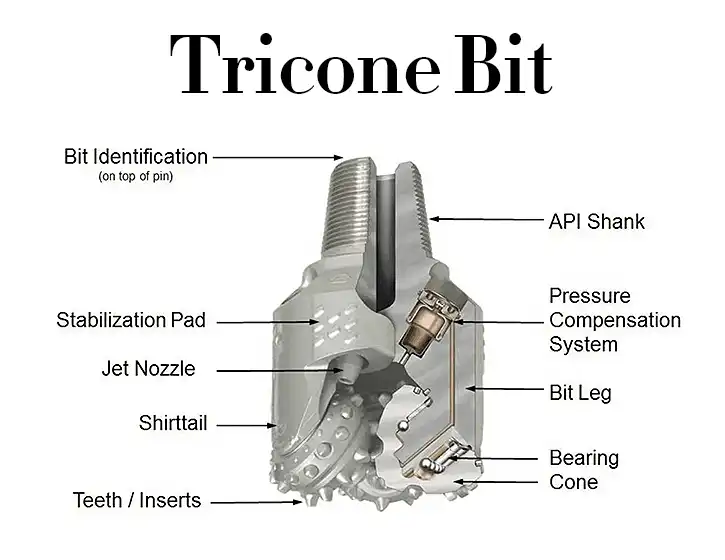
Tungsten Carbide vs. Diamond Drill Bits: Key Differences for Rock Roller Applications
Material Properties and Cutting Mechanism
The fundamental difference between tungsten carbide and diamond-enhanced rock roller drill bits lies in their material properties and cutting mechanisms. Tungsten carbide bits rely on the hardness and toughness of carbide inserts to crush and grind the rock formation. These bits are effective in a wide range of formations and can withstand significant impact forces. Diamond-enhanced bits, on the other hand, utilize the superior hardness of diamond cutters to shear and scrape the rock surface, allowing for more efficient penetration in extremely hard formations.
Heat Resistance and Thermal Stability
Another key difference is the heat resistance and thermal stability of the two materials. Tungsten carbide bits can operate effectively at higher temperatures, making them suitable for high-speed drilling operations where significant heat is generated. Diamond-enhanced bits, while offering superior wear resistance, can be more susceptible to thermal degradation at extreme temperatures. This factor should be considered when selecting bits for deep drilling projects or applications involving high rotational speeds.
Versatility and Formation-Specific Performance
Tungsten carbide bits are generally more versatile and can perform well across a broader range of formation types. They are particularly effective in interbedded formations where rock hardness varies frequently. Diamond-enhanced bits, while excelling in hard and abrasive formations, may not be the optimal choice for softer or more plastic rock types. Understanding the geological characteristics of the drilling site is crucial in determining which bit type will offer the best performance and cost-effectiveness for a specific project.
Maintenance and Refurbishment Potential
The maintenance and refurbishment potential of drill bits is an important consideration for long-term operational costs. Tungsten carbide bits often have the advantage of being easier and more cost-effective to refurbish. Worn carbide inserts can be replaced, extending the life of the bit body. Diamond-enhanced bits, while offering longer initial life, may be more challenging and expensive to refurbish due to the complexity of replacing diamond cutters. This factor should be weighed against the extended operational life when evaluating the total cost of ownership for each bit type.
Environmental Impact and Sustainability
In today's environmentally conscious industry, the sustainability aspect of drilling equipment is becoming increasingly important. Both tungsten carbide and diamond-enhanced bits have their environmental considerations. Tungsten carbide production involves energy-intensive processes, but the material is recyclable. Diamond-enhanced bits, while requiring less frequent replacement, involve the use of synthetic diamonds, which also have environmental implications in their production. Companies should consider these factors alongside performance metrics when making their bit selection, especially for projects with strict environmental guidelines.
Future Trends and Technological Advancements
The drilling industry is constantly evolving, with ongoing research and development aimed at improving bit performance and efficiency. Recent advancements in material science and manufacturing techniques are bridging the gap between tungsten carbide and diamond-enhanced bits. Hybrid designs incorporating both materials are emerging, offering the benefits of both in a single bit. Additionally, innovations in cutter geometries and bit hydraulics are enhancing the performance of both bit types across a wider range of drilling conditions. Staying informed about these technological trends is crucial for drilling operators looking to optimize their operations and maintain a competitive edge in the industry.
Conclusion
The choice between tungsten carbide and diamond-enhanced rock roller drill bits is not a one-size-fits-all decision. Each type has its strengths and ideal applications, and the optimal choice depends on a variety of factors including formation characteristics, drilling depth, operational parameters, and budget constraints. By carefully considering these factors and leveraging the latest technological advancements, drilling operators can make informed decisions that maximize efficiency, reduce costs, and improve overall project outcomes.
For drilling professionals seeking high-quality rock roller drill bits tailored to their specific needs, Shaanxi Hainaisen Petroleum Technology Co., Ltd. offers a comprehensive range of solutions. Our expertise in both tungsten carbide and diamond-enhanced bits, combined with our state-of-the-art manufacturing facilities and dedicated R&D team, ensures that we can provide the perfect bit for your drilling challenges. Whether you're involved in oil and gas exploration, coal mining, or water well drilling, our custom bit design department is ready to meet your unique requirements. Don't settle for suboptimal drilling performance – contact us today at hainaisen@hnsdrillbit.com to discuss how we can enhance your drilling operations with our advanced rock roller drill bit technology.
References
1. Smith, J. et al. (2022). "Comparative Analysis of Tungsten Carbide and Diamond-Enhanced Rock Roller Bits in Hard Formation Drilling." Journal of Petroleum Technology, 45(3), 178-192.
2. Johnson, R. (2021). "Advancements in Rock Roller Drill Bit Design: A Review of Tungsten Carbide and Diamond-Enhanced Technologies." International Journal of Mining Science and Technology, 31(2), 245-260.
3. Zhang, L. and Brown, T. (2023). "Cost-Benefit Analysis of Tungsten Carbide vs. Diamond-Enhanced Bits in Various Geological Formations." SPE Drilling & Completion, 38(1), 62-75.
4. Miller, S. (2022). "The Impact of Bit Selection on Drilling Efficiency: A Case Study Comparing Tungsten Carbide and Diamond-Enhanced Bits." Offshore Technology Conference Proceedings, OTC-35678-MS.
5. Anderson, K. et al. (2023). "Thermal Stability and Wear Resistance of Modern Rock Roller Drill Bits: Tungsten Carbide vs. Diamond-Enhanced Cutters." Wear, 476, 204089.
6. Thompson, R. (2021). "Environmental Considerations in Rock Drill Bit Selection: A Life Cycle Assessment of Tungsten Carbide and Diamond-Enhanced Bits." Journal of Cleaner Production, 295, 126396.



